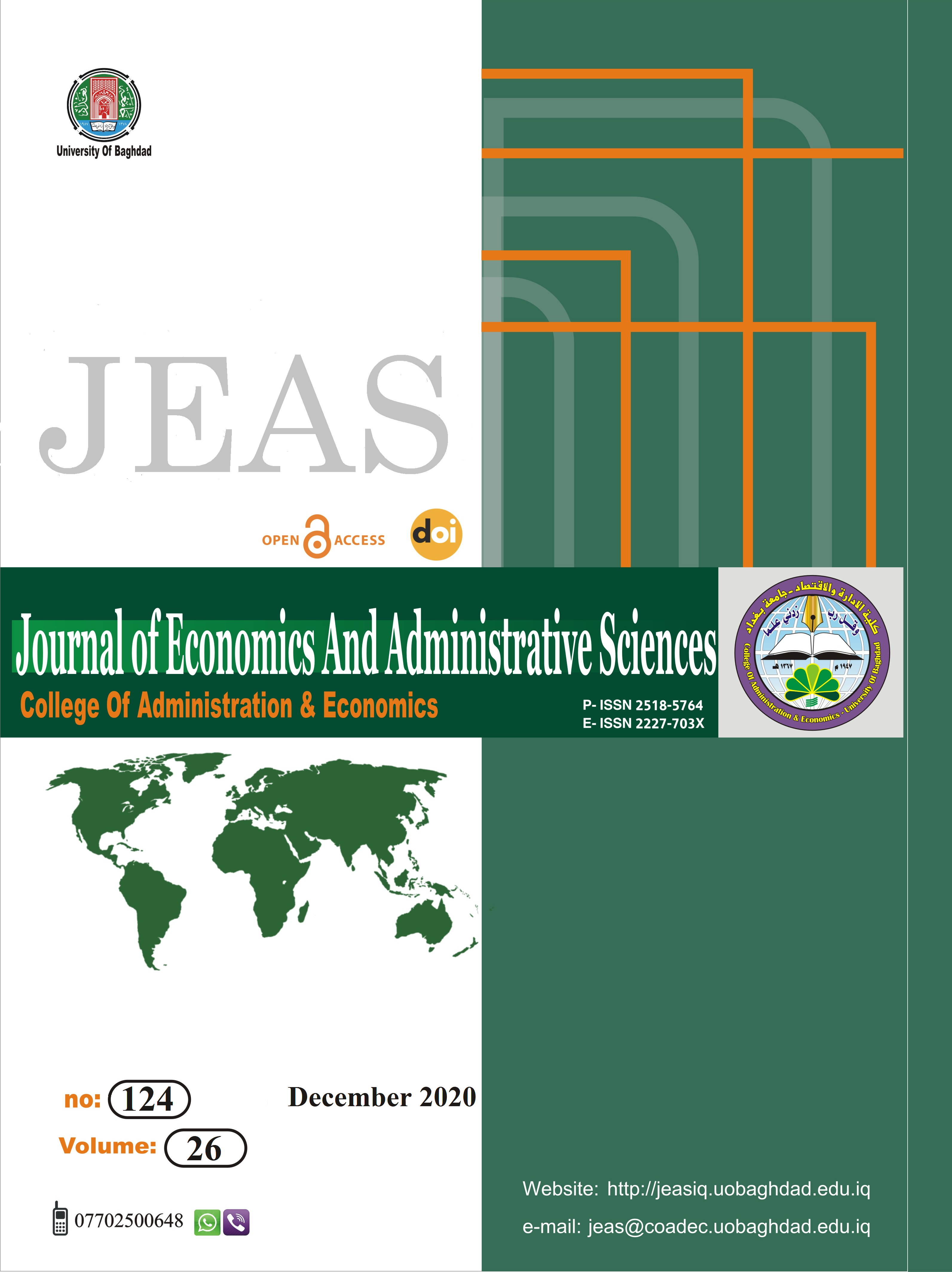The Impact of Envy on Workplace Stress A field Study of Faculty Staff at the Technical College of Management-Baghdad
DOI:
https://doi.org/10.33095/jeas.v26i124.2041Abstract
The research aims to measure the impact of envy on job stress because the topic of envy represents a negative emotion that exists at all organizational levels, which may cause stress in the work environment.
The Research problem is represented by the lack of perception of most of the faculty staff on the negative effects of envy on their well-being in the Technical College of Management - Baghdad, and what is the impact level of envy on their job stress.
To achieve this, the scale of envy was based on two dimensions (being envied, Envying others), While the job stress scale was based on seven dimensions (workload, conflict role, Family factors, work environment, work relationships, peer support, work role).
The descriptive and analytical approach was adopted. The research community was represented by the Technical College of Management– Baghdad. A questionnaire was distributed to a sample of (60) faculty Staff in the various departments of the college. The statistical program SPSS V.23 is used, as the researcher adopted the following statistical methods (arithmetic mean, standard deviation, correlation coefficient, simple regression and multiple regression) to test the research hypotheses.
The results showed that the faculty staff has the knowledge of how to perform his duties and responsibilities in the faculty, as well as has clarity about what is expected of him, which reflects positively on his role in this college, also, there is a significant impact of envy on job stress.
Downloads
Published
Issue
Section
License
Articles submitted to the journal should not have been published before in their current or substantially similar form or be under consideration for publication with another journal. Please see JEAS originality guidelines for details. Use this in conjunction with the points below about references, before submission i.e. always attribute clearly using either indented text or quote marks as well as making use of the preferred Harvard style of formatting. Authors submitting articles for publication warrant that the work is not an infringement of any existing copyright and will indemnify the publisher against any breach of such warranty. For ease of dissemination and to ensure proper policing of use, papers and contributions become the legal copyright of the publisher unless otherwise agreed.
The editor may make use of Turtitin software for checking the originality of submissions received.


























